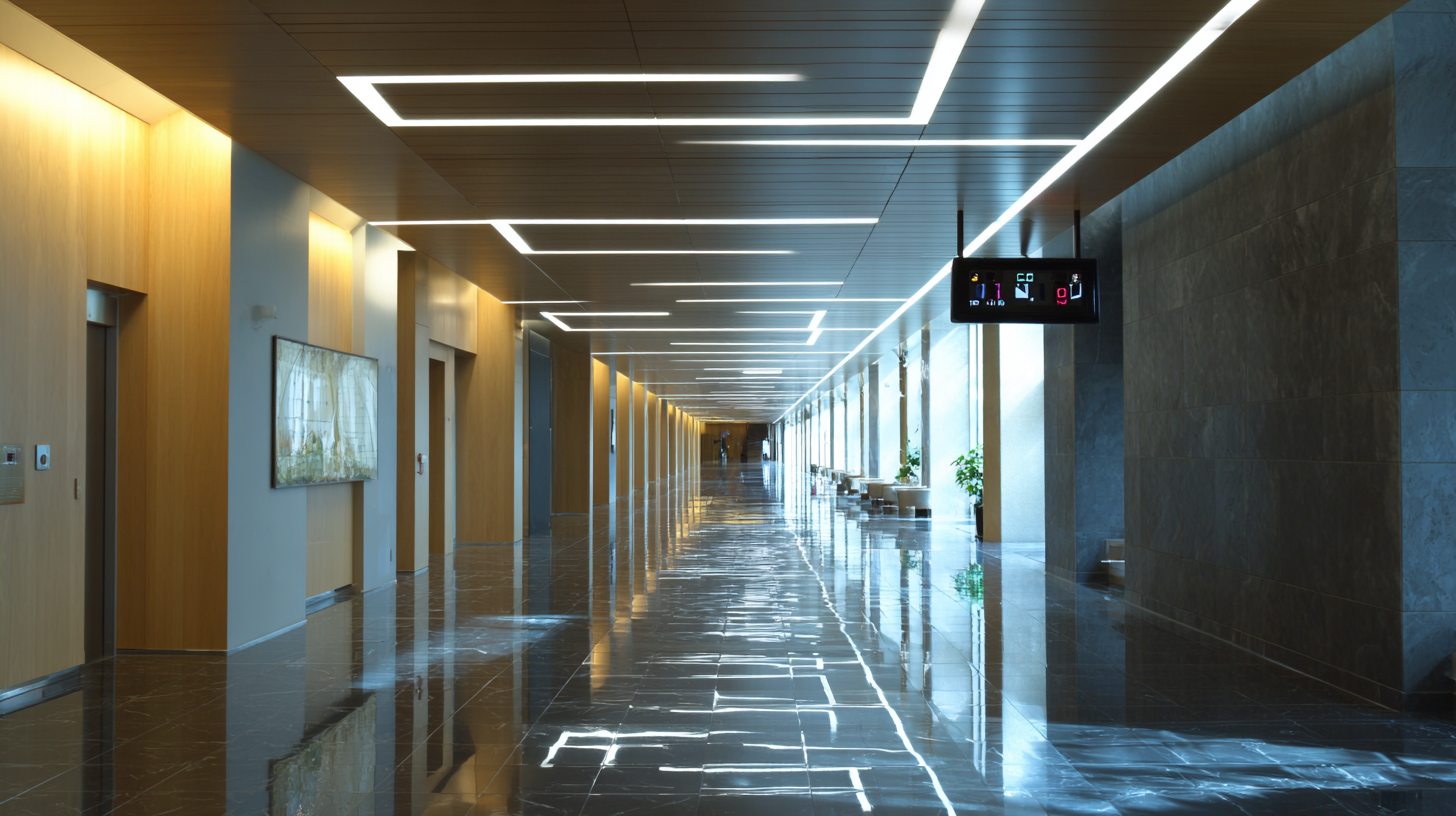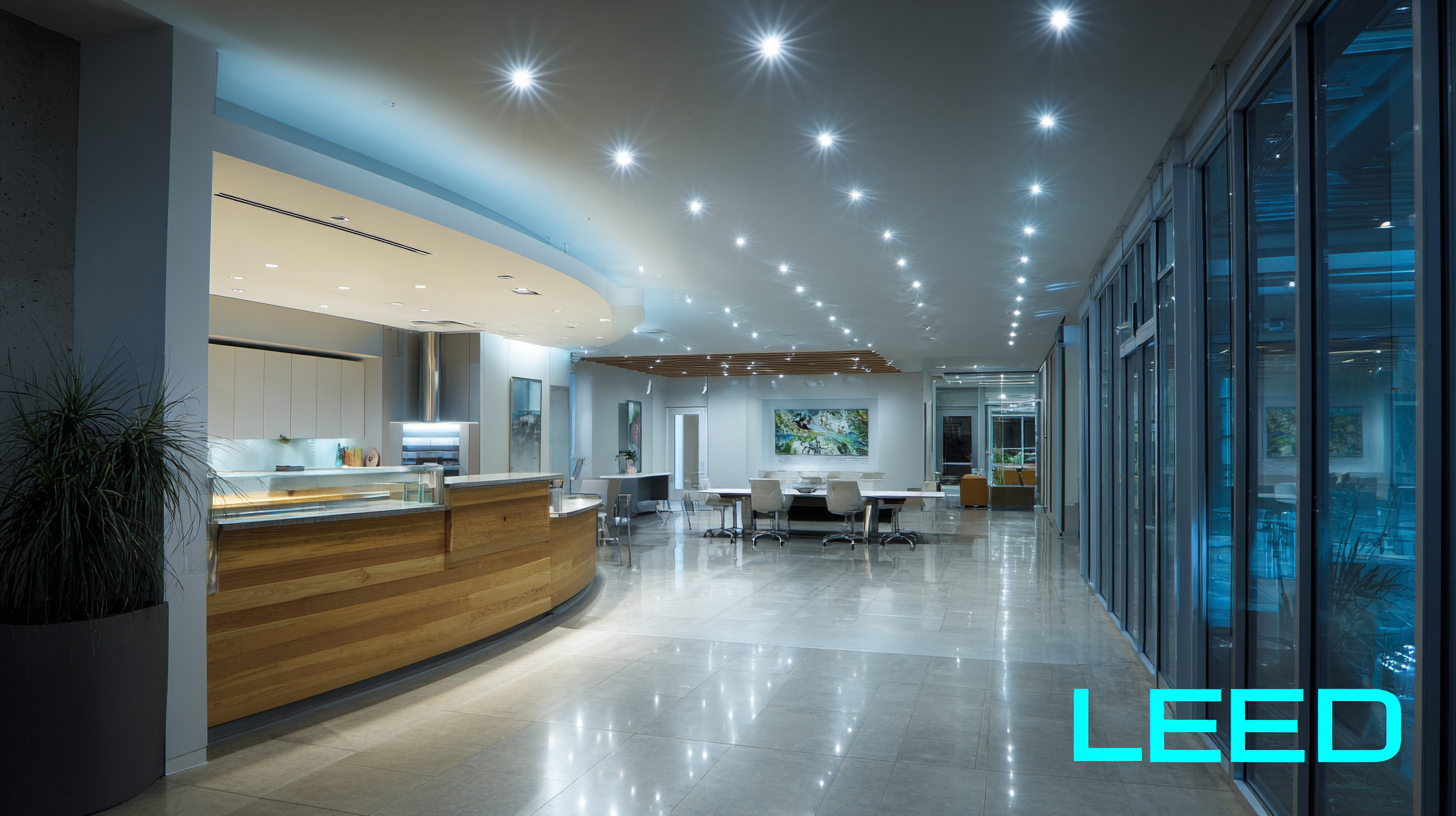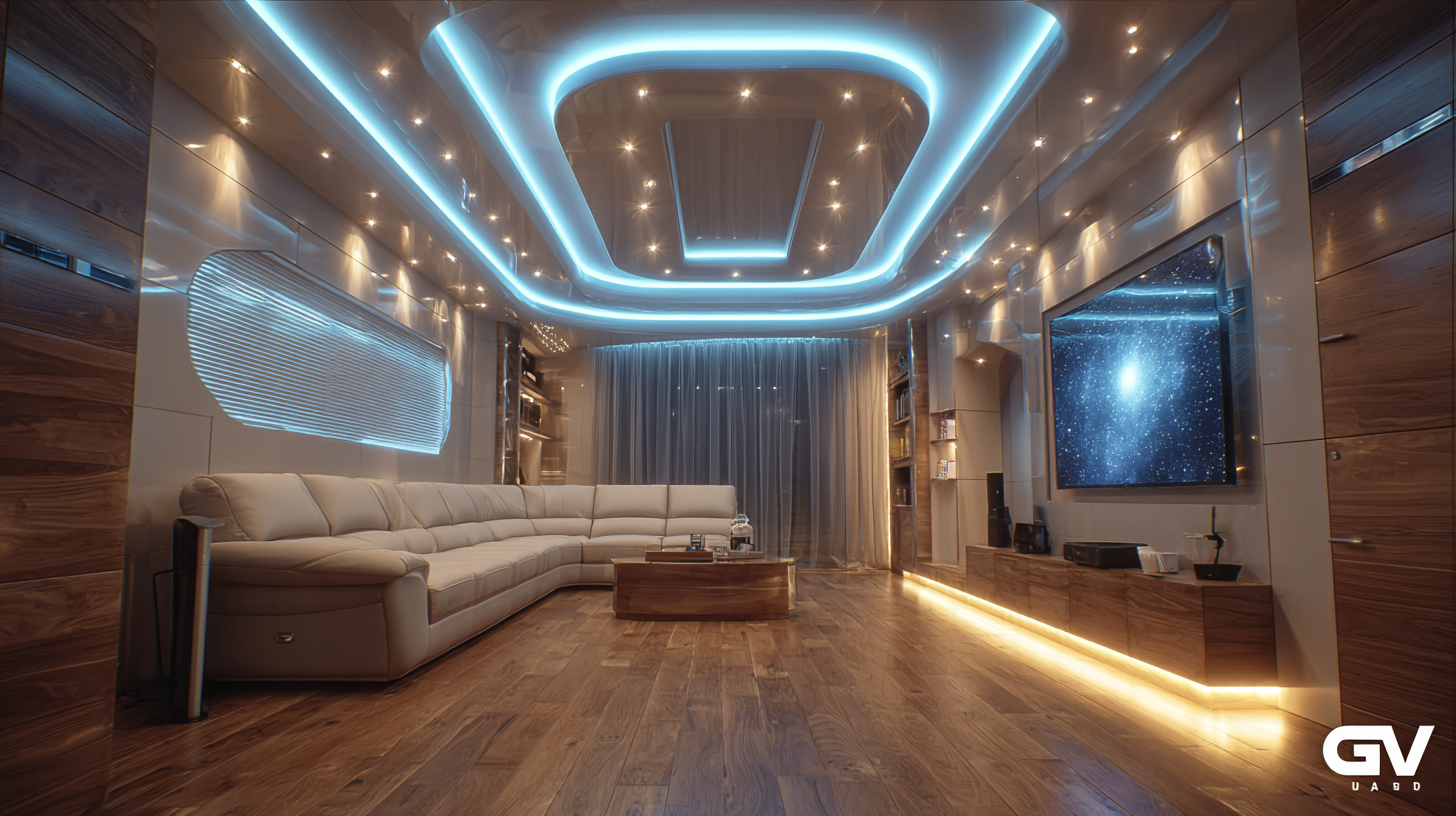The Future of Energy Efficient Spaces with Best Led Recessed Lighting
As the demand for energy-efficient solutions continues to rise, the need for advanced lighting technologies has never been more critical. According to the U.S. Department of Energy, lighting accounts for approximately 15% of residential energy use, making it a significant area for improvement in energy efficiency efforts. LED recessed lighting has emerged as a leading choice, offering a remarkable lifespan of up to 50,000 hours and energy savings of up to 85% compared to traditional incandescent bulbs. This innovative lighting solution not only enhances the aesthetic appeal of spaces but also contributes to reducing carbon footprints and lowering electricity bills. In this blog, we will explore the future of energy-efficient spaces through the lens of LED recessed lighting, comparing various types available on the market, and highlighting their benefits and functionalities.

The Importance of Energy Efficiency in Modern Architecture and Design Trends
The importance of energy efficiency in modern architecture is increasingly recognized, as the design of energy-efficient spaces evolves to meet contemporary sustainability demands. Innovations in facade design are central to this movement, reshaping building aesthetics while maximizing energy performance. By integrating advanced materials and techniques, architects can create exteriors that not only captivate the eye but also enhance the overall efficiency of buildings.
To elevate energy efficiency, consider these tips for incorporating LED recessed lighting into your design. First, select fixtures that use directional lighting to minimize wasted energy. Second, use dimmers and lighting controls to adjust illumination levels as needed, reducing energy consumption when full brightness is unnecessary. Lastly, pair your recessed lights with natural light sources wherever possible, effectively reducing reliance on artificial lighting throughout the day.
As technology progresses, the push towards sustainable and efficient living spaces continues. The rise of low-cost, sustainable building materials and adaptive reuse illustrates that a commitment to energy efficiency is not just a trend but a necessity for future construction. Embracing biophilic design elements fosters a harmonious relationship between the built environment and nature, further propelling the energy-efficient movement in architecture.
Key Metrics: Understanding the Energy Savings Potential of LED Recessed Lighting
As we transition towards more energy-efficient spaces, understanding the energy savings potential of LED recessed lighting is crucial for both residential and commercial applications. According to the U.S. Department of Energy, LED lighting can use up to 75% less energy than traditional incandescent bulbs while lasting 25 times longer. This significant reduction in energy consumption contributes not only to lower utility bills but also plays a vital role in reducing overall greenhouse gas emissions.
Moreover, a report from the Lighting Research Center highlights that LED recessed lighting not only provides superior light quality with higher lumen output but also enhances space aesthetics. The energy savings, when scaled across entire buildings, can be staggering. For example, a typical office building switching to LED recessed lighting could see annual energy savings of more than $100,000. This shift not only reflects a long-term financial investment but also aligns with the growing commitment to sustainability in building design. With advancements in smart lighting controls, the potential for further energy efficiency gains is even more promising, allowing occupants to optimize their lighting based on usage and occupancy patterns.

Best Practices for Selecting Top-Rated LED Recessed Lighting Products in 2023
When it comes to creating energy-efficient spaces, selecting the right LED recessed lighting is paramount. In 2023, consumers are fortunate to have a plethora of options that blend performance with aesthetics. The first step in choosing top-rated LED recessed lighting products is to consider the lumens output; you want a balance between brightness and energy consumption. Opting for products that offer high lumens per watt ensures you get the maximum light while saving on electricity bills. Additionally, pay attention to the color temperature of the lights. Warmer tones are ideal for living spaces, while cooler tones work best for workspaces, contributing to both functionality and ambiance.
Another crucial aspect is the beam angle of the recessed lights. A wider beam is perfect for general lighting, while a narrower beam creates focused illumination ideal for highlighting art or architectural features. It’s also wise to investigate the durability and lifespan of the products you are considering. Look for LED lights that have a rated life of 25,000 hours or more to ensure a long-lasting investment. Lastly, don't forget to check for energy efficiency certifications, such as ENERGY STAR ratings, which can guide you toward environmentally friendly choices that also meet electrical standards. By following these best practices, you can transform your spaces into energy-efficient havens with the most suitable LED recessed lighting.
The Impact of Industry Certifications on LED Lighting Quality and Performance
The rise of LED recessed lighting has revolutionized the way we approach energy efficiency in both residential and commercial spaces. One critical factor influencing the quality and performance of LED lighting is the various industry certifications available. Certifications such as Energy Star, UL, and the DesignLights Consortium (DLC) set high standards that manufacturers must meet, ensuring that consumers receive reliable and high-quality products. According to a report by the Department of Energy, LED lighting can reduce energy use by up to 75% compared to traditional incandescent bulbs, underscoring the importance of investing in certified options to maximize these savings.
Industry certifications also play a crucial role in promoting sustainability. For instance, Energy Star-rated products not only meet stringent efficiency criteria but also undergo rigorous testing for performance and longevity. A recent study indicated that the average lifespan of high-quality LED lights can exceed 50,000 hours, compared to 1,000 hours for incandescent bulbs. These certifications ensure that consumers can trust the longevity and durability of their lighting choices, further solidifying the importance of quality in the evolution of energy-efficient spaces. As the demand for sustainable and efficient solutions continues to grow, prioritizing certified LED recessed lighting will become paramount in our quest for greener living environments.
Exploring the Role of Digital Technologies in Enhancing Energy-Efficient Lighting Solutions
The integration of digital technologies is revolutionizing energy-efficient lighting solutions, particularly in the context of smart cities. With the anticipated growth of the global power market, reaching a staggering $24.93 trillion by 2032, the demand for sustainable and intelligent energy solutions is more critical than ever. Technologies like the Internet of Things (IoT), Artificial Intelligence (AI), and big data are strategically redefining urban living, making energy consumption smarter and more efficient.

Tips for optimizing LED recessed lighting in energy-efficient spaces include utilizing smart dimmers and sensors. These devices can adjust lighting based on occupancy and natural light availability, significantly reducing energy usage without compromising comfort. Additionally, exploring programmable lighting schedules can help maintain energy efficiency, ensuring lights are only on when needed.
Implementing these technologies not only supports sustainable practices but also enhances the overall aesthetic and functionality of modern spaces. As more cities embrace these advancements, the emphasis on energy-efficient lighting solutions will pave the way for a greener and more sustainable urban environment.
